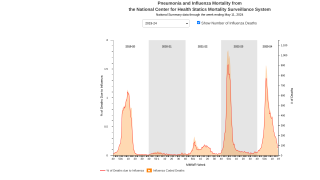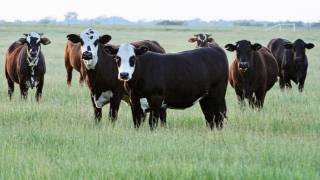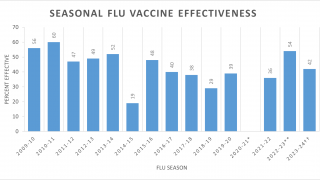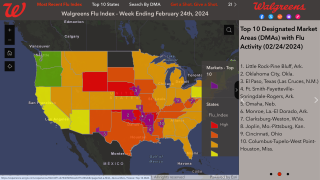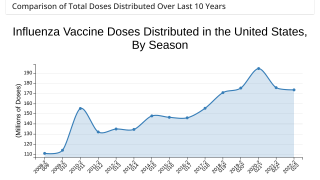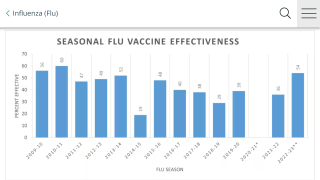Novel Influenza Vaccines Identified for Pandemic Preparedness
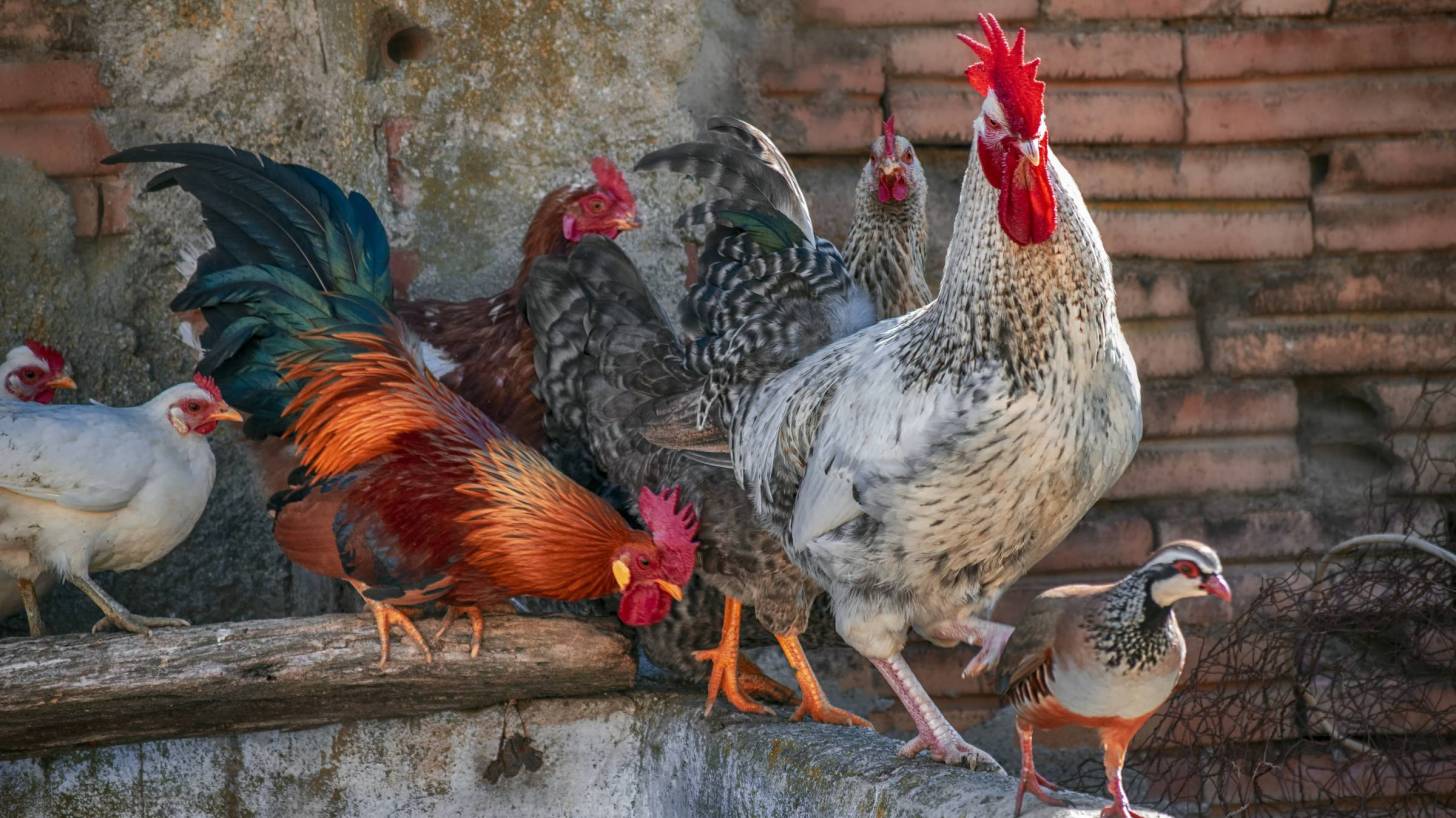
The World Health Organization (WHO) recently published a review of the zoonotic influenza virus activity and virus characterization and describes the current status of the development of vaccine candidates for pandemic preparedness purposes.
The development of influenza candidate vaccine viruses, coordinated by WHO, remains an essential component of the overall global strategy for influenza pandemic preparedness.
This WHO review on March 3, 2021, is meant to guide national authorities and vaccine companies on selecting candidate viruses for use in vaccine development: one targeting H5N8 and the other variant A/Netherlands/10370-1b/2020.
These experts proposed a vaccine targeted against a new H5N8 clade (2.3.4.4b) known as A/Astrakhan/3212/2020. The virus was found in human cases recently reported in Russia and is related to a clade reported in poultry and wild birds in Eurasia over the past several months.
The second vaccine candidate proposed is an H1v from a new lineage, 1C.2.1, known as A/Netherlands/10370-1b/2020. The WHO said the new virus is related to an H1N1v infection in the Netherlands.
A recent outbreak in Russia highlights the need for these novel vaccines.
In the Russian Federation, avian influenza A(H5N8) of clade 2.3.4.4 was isolated for the first time in 2014 in a wild bird in the northern region.
On February 18, 2021, the National IHR Focal Point for the Russian Federation notified the WHO of the detection of avian influenza A(H5N8) in seven human clinical specimens. This was the first reported detection of avian influenza A(H5N8) in humans. The age of seven positive cases ranged between 29 to 60 years, and five were female.
The surveillance activities, both within and outside of the containment area, were intensified.
A total of 24 close contacts of the confirmed cases have been identified and traced.
In total, 150 individuals were monitored for the clinical indication of respiratory disease and received antiviral prophylaxis therapy. No symptoms were reported among these individuals.
All the seven cases with PCR-positive results were clinically asymptomatic. All close contacts of these cases were clinically monitored, and no one showed signs of clinical illness.
Based on currently available information, the risk of human-to-human transmission remains low WHO advises.
These cases in Russia do not change the current WHO recommendations on public health measures and surveillance of animal and seasonal human influenza, which should continue to be implemented, says the WHO.
When avian influenza viruses circulate in an area, the people involved in high-risk tasks such as sampling sick birds, culling and disposing of infected birds, eggs, litter, and cleaning contaminated premises should be trained on how to protect themselves.
Respiratory transmission occurs mainly by droplets, disseminated by unprotected coughs and sneezes. Short-distance airborne transmission of influenza viruses may occur, particularly in crowded enclosed spaces.
Hand contamination, direct inoculation of a virus, exposure to infected birds, or virus-contaminated materials or environments are potential sources of infection, says the WHO.
Due to the continually evolving nature of influenza viruses, the WHO stresses the importance of surveillance activities to detect virological, epidemiological, and clinical changes associated with circulating influenza viruses.
PrecisionVaccinations publishes research-based vaccine news.
Our Trust Standards: Medical Advisory Committee















